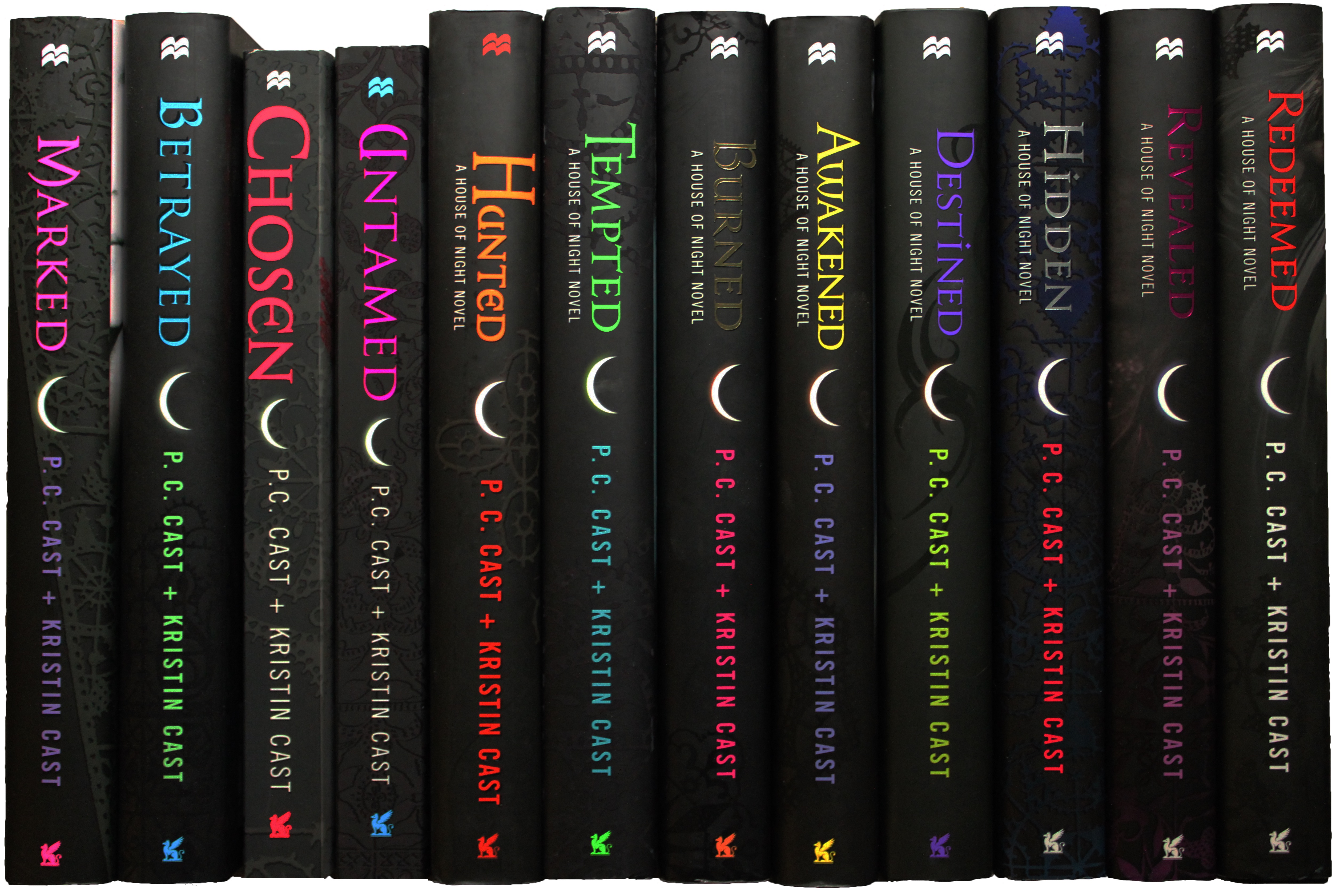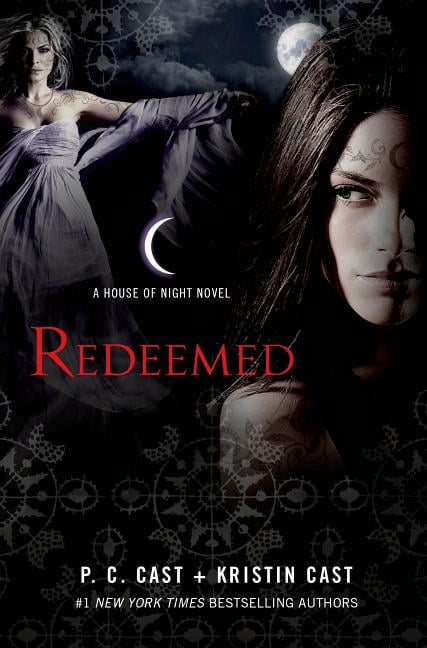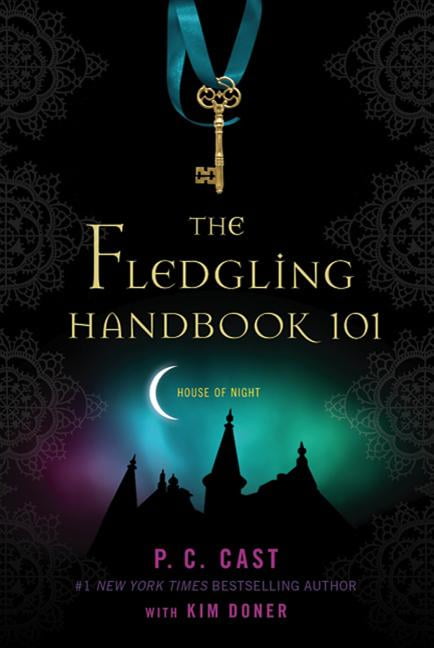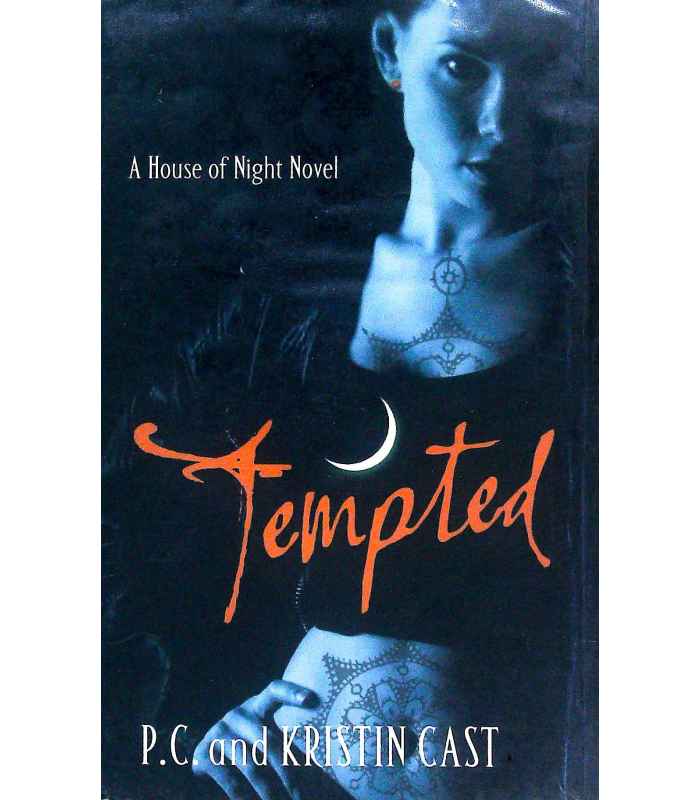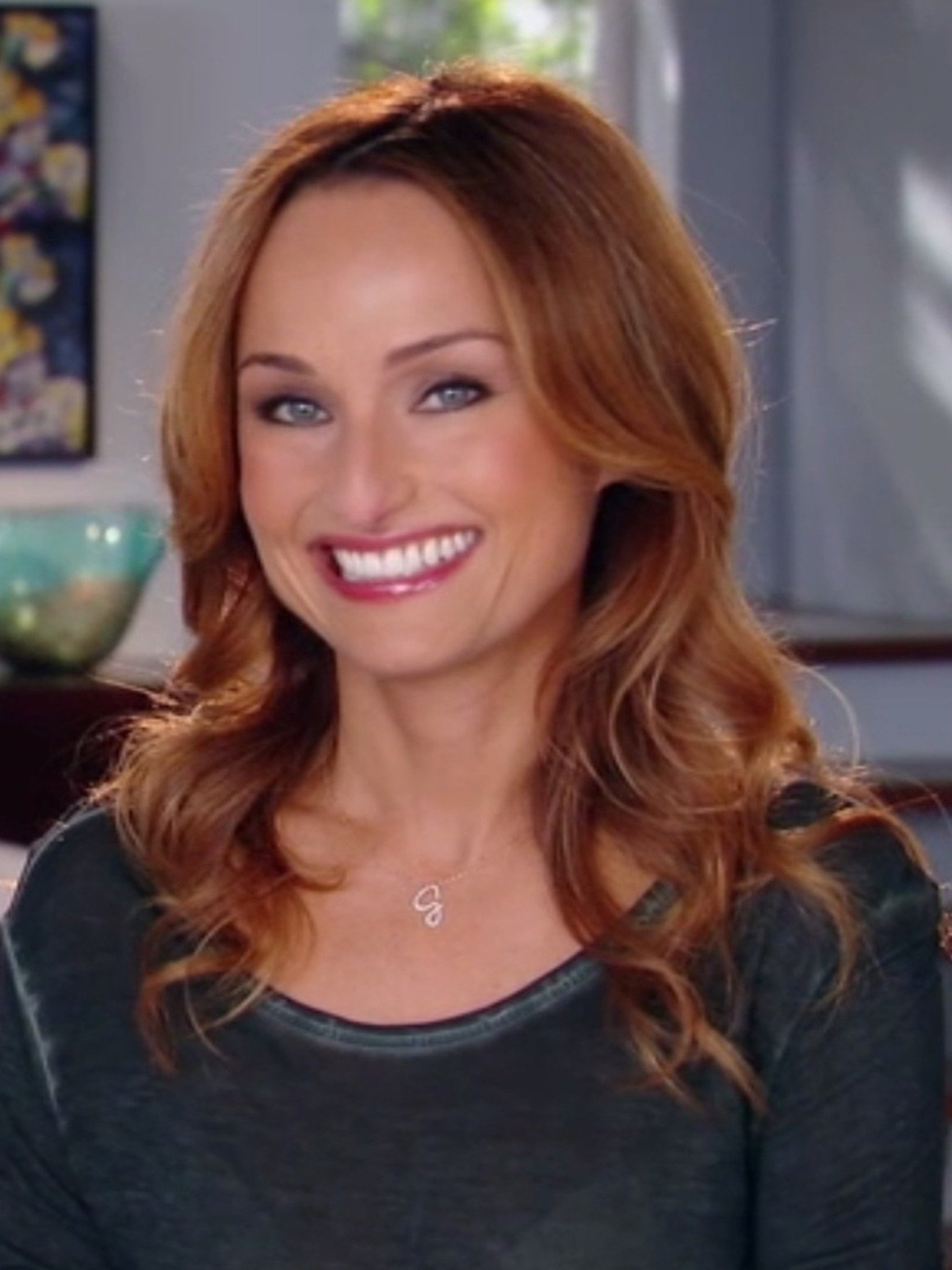Table Of Content

It was purchased by Eugene and Francis Klein, owners of the San Diego Chargers, who sold the house in 1973 to entertainer Barry Manilow who owned it until 1993. The Kaufmann House is celebrated for its distinctive design, which masterfully integrates the building with its desert surroundings while maintaining a functional elegance. The house is structured as a series of horizontal planes that seem to float against the rugged backdrop of the San Jacinto Mountains. The floor plan is expansive and open, typical of Neutra’s work, promoting a seamless flow between the interior and exterior spaces. The architectural massing of this estate stands as if ready for a blockbuster action scene.
Richard Neutra's Kaufmann House epitomises desert modernism in Palm Springs
He was lauded for designing homes that were tailored to the warm California climate, using ample glazing, boxy constructions, light facades, and outdoor living areas. The influence of the Kaufmann House extends beyond its immediate visual and spatial attributes; it has permeated various realms of culture and design. The house has been featured in numerous films, advertisements, and fashion shoots, each time serving as a symbol of stylish modern living and the seamless integration of architecture and nature.
About Kaufmann House design and construction.
The architects removed the areas added and restored the house based on the famous photographs Julius Shulman did of the house in 1947. The architects decided to also return to the desert garden look it had in times of Neutra. In addition, they incorporated a discrete heating, air conditioning and ventilation system, and a new pavilion at the pool, known as the Harris Poll House. A double cantilever allows the absence of a corner post in the master bedroom (where the glass doors meet at a 90-degree angle) giving a powerful illusion of a floating roof. The extensive south-facing glass walls had to be covered with an inelegant system of exterior canvas drapes.
Materials
The Iconic Slim Aarons 'Poolside Gossip' Home in Palm Springs Sells for Record Sum - Architectural Digest
The Iconic Slim Aarons 'Poolside Gossip' Home in Palm Springs Sells for Record Sum.
Posted: Thu, 05 May 2022 07:00:00 GMT [source]
Without the original plans for the house, the Harrises dug through the Neutra archives at the University of California, Los Angeles, looking at hundreds of Neutra’s sketches of details for the house. They persuaded Mr. Shulman to let them examine dozens of never-printed photographs of the home’s interior, and found other documents in the architectural collections at Columbia University. After purchasing the house and its more than an acre of land for about $1.5 million, the Harrises removed the extra appendages and enlisted two young Los Angeles-area architects, Leo Marmol and Ron Radziner, to restore the Neutra design.
Related story
From prehistoric structures to contemporary architecture, we can see what was important to humans at the time and what were they trying to say through their buildings. After designing and building many ADUs, here are the most common reasons we’ve seen clients build an ADU. If you are interested in building an ADU on your property, click the Get Started button below. Neutra’s work is notable for its ability to blur the boundary between inside and outside. In the Kaufmann House, this is done with walls that run from the interior to the exterior clad in the same stone material.
Five Things You Should Know About the Kaufmann Desert House
In 2022, each of the top 10 sale prices crossed the eight-digit threshold, yielding an average price of $16,861,250. While this year’s highest-priced homes sit behind the walls of two exclusive country clubs, the 2022 list included Richard Neutra’s iconic Kaufmann Desert House in Palm Springs and the Firestone Estate at Thunderbird Country Club in Rancho Mirage. No other building has been referred to or echoed in architecture more than the Pantheon.
The Iconic Slim Aarons Poolside Gossip Home in Palm Springs Sells for Record Sum
At its eastern end, the narrow strips are continuing a stretch, so that the excess rainwater can flow to the east and dropped onto the rocks. The gargoyles are an architectural element known in Japanese gardens as in medieval cathedrals. Neutra and the modernization became a “leap of water” that is a tribute to the distant Falling Water House Bear Run.
Best known for his eponymous Pittsburgh department store, Kaufmann revered good design. In 1934, he and his wife Liliane commissioned Frank Lloyd Wright to build their weekend home along Bear Run in southwestern Pennsylvania—which would become Wright’s masterpiece Fallingwater—as well as Kaufmann’s office. Their union may have been a strategic alliance to protect the family’s ownership of Kaufmann’s Department Store in Pittsburgh, but it produced a son as well as two of the most famous houses in the world. Barry Manilow ultimately moved into the old Walter Braunschweiger Residence, a 1935 Spanish-style compound on a private hilltop in the town's Mesa neighborhood, leaving the Kaufmann desert house to sit empty for 3 ½ years. His realtor indicated that although the location and the site of the Kaufmann house were spectacular, the house itself was no longer considered valuable and the property was being sold (ultimately at $1.5 million) as a tear-down. Alternatively, according to the listing agent, "it could easily be made more stylish by converting it to a Spanish style." At this point, Beth and Brent Harris decided to purchase and restore the house.
The ABCs of Midcentury Modern Architecture in Palm Springs - Palm Springs Life
The ABCs of Midcentury Modern Architecture in Palm Springs.
Posted: Tue, 30 Jan 2024 08:00:00 GMT [source]
Edgar J. Kaufmann House (The Desert House)
His desert house was not designed to blend into the site in the Wrightian style; rather it was to be an object in space in the classical fashion of the European villa. Originally priced as $30,000, (the 3,800 sq. ft. home ultimately cost $300,000) the house turned out to be simple -- and simply expensive. Rectangular in plan, its form was essentially a glass pavilion with planar walls that extended into the site via two axes one north-south -- the other east-west. In this plan, outdoor living areas are sheltered by adjustable walls composed of movable vertical fins that offer flexible protection against sandstorms. When the windscreens are not required, louvers can be adjusted to open up to the views. Doe can hardly blame the enthusiasts, even those who, in the current downturn in the housing market, can barely afford their own houses, much less the former vacation house of Pittsburgh department store magnate Edgar J. Kaufmann.

With five bedrooms and six full baths at 3,162 sq ft, the house sits on more than two acres and includes a large wood deck, tennis court and lush lawn surrounding the famous pool. The house has had at least two celebrity owners, the singer Barry Manilow and the former NFL Chargers owner Gene Klein. The Fredrick Robie House, located in the Chicago neighborhood of Hyde Park, is one of the most iconic examples of modernist architecture. Designed by renowned architect Frank Lloyd Wright in 1909, the house has been called "the most important building of the twentieth century" and "the greatest work of architecture America has produced." Julius Shulman’s photographs, mainly the dusk shot from the southeast overlooking the pool with the mountains in the background, allowed people worldwide to view the house. The large amount of publicity surrounding the Kaufmann House constituted a turning point in the marketing and consumption of architecture and lifestyle.
It's boxy design, flat roof, covered outdoor spaces, and slatted metal walls all cater to the desert environment, making it a comfortable living space year-round. The central hub of the pinwheel plan is the living area to the right of the entrance hallway. Floor-to-ceiling sliding glass panes along the right side and the far end fill the room with abundant light, unless the curtains are pulled, and, depending on the weather, open it to the outdoor swimming pool. Forming the center of the room is a fireplace set into a wall, as well as an adjacent sofa.

A decade later, looking to escape the harsh Pennsylvania winters, Kaufmann chose Palm Springs. The surface of the home is composed of sandy-colored Utah stone and floor to ceiling windows, which promotes an even more feeling of a sinuous space. The pool adds a certain fluidity to the overall design of the property, balancing the heaviness of the home with its uneven wing sizes.
In 1996, the house was designated a historic site by the Palm Springs Historic Site Preservation Board. It remains a private residence, but nonetheless features as a stop on architecture tours of the city, when it can be glimpsed from the street. In 1923 he moved to the US, where he worked with Frank Lloyd Wright and close friend Rudolf Schindler. Neutra started his own practice in 1930, where he designed many Californian homes based around simple geometry, clean lines and airy construction. The architect championed the importance of "ready-for-anything" designs that have open, multi-use spaces, and coined the concept "The Changing House" for an article he wrote in 1947 for the Los Angeles Times newspaper. The couple’s main residence in Pittsburgh was an 18-room French Norman manor house, which was designed in 1924 by architect Benno Janssen.



